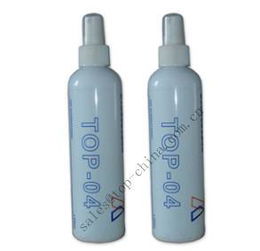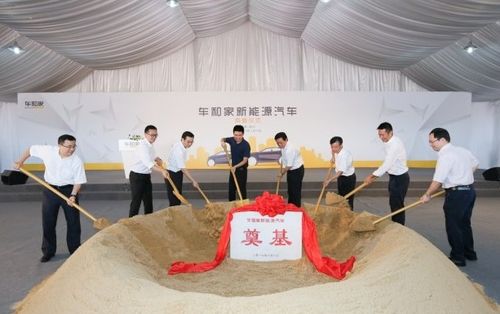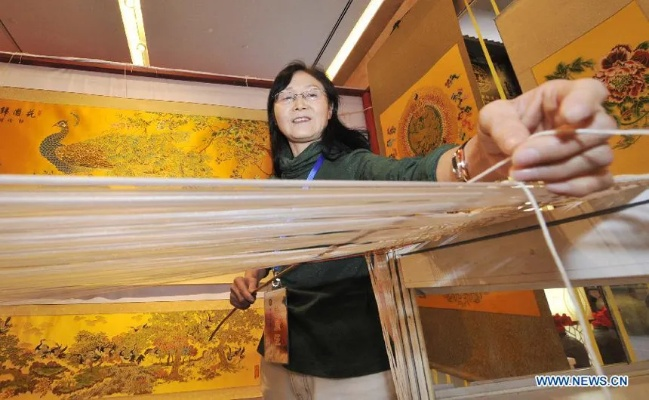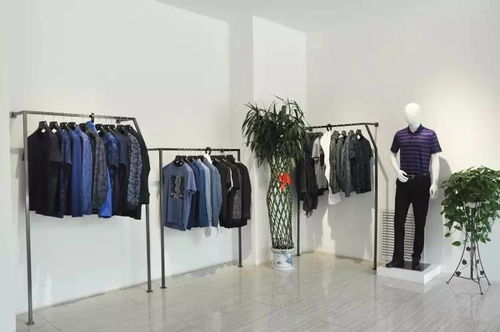Textile Waterproofing and Hydrophilicity Enhancement:A Comprehensive Guide
: Comprehensive Guide to Textile Waterproofing and Hydrophilicity Enhancement,Abstract: This guide provides a comprehensive understanding of textile waterproofing and hydrophilicity enhancement techniques. We discuss the importance of waterproofing and hydrophilicity in the fabric industry, as well as the various methods available for achieving these properties. The text includes information on materials used in textile manufacturing, their properties, and how these properties can be improved through various treatments. Additionally, we provide practical examples of applications and case studies that demonstrate the effectiveness of these techniques in enhancing the performance of textile products. Overall, this guide aims to provide textile manufacturers with valuable information on how to achieve optimal water resistance and surface moisture management in their products.
Introduction: In the realm of textiles, achieving a balance between moisture absorption and water resistance is crucial to maintain product quality, extend lifespan, and prevent damage. Whether you're looking to protect clothing from sweat and rain, or to enhance the performance of outdoor gear, understanding the principles behind water-resistant textiles is essential. In this guide, we'll delve into the science behind waterproofing and hydrophilicity, as well as practical methods for enhancing these properties in various textile materials.
Textile Waterproofing: Waterproofing refers to the ability of a textile material to resist penetration by water vapor or liquid droplets, while still allowing air to diffuse through. This property is achieved through various chemical treatments, including dyeing with hydrophilic substances like cellulose acetate, or applying acrylic resins that create a protective barrier on the surface of the fabric.
Chemical treatments are often used to enhance water-resistance. For example, acrylic resin can be applied to cotton fabrics, forming a protective layer that repels water droplets while allowing breathability. The process of creating such a layer involves mixing the acrylic resin with water, applying it evenly to the fabric, and curing it under heat or UV light.
Another approach is through the use of special coatings that contain both hydrophobic (water-repelling) and hydrophilic (water-absorbing) components. These coatings work by trapping water droplets on the surface, preventing them from spreading and allowing air to diffuse through more easily. Examples include polyurethane coatings and nanocomposite films containing titanium dioxide and silica, which not only resist water but also enhance the texture and appearance of the fabric.

Hydrophilicity: Hydrophilicity refers to a fabric's capacity to absorb and store water without letting it penetrate deeply into the fibers. This property is crucial for many applications, especially those involving outdoor activities where quick drying is essential.
To achieve hydrophilicity, textile manufacturers often add moisture-absorbing agents like sodium carbonate or melamine to fabric compositions. When exposed to moisture, these agents break down into aqueous solutions, absorbing water molecules and providing a fast, dry surface.
For instance, the production of sportswear often involves using a blend of polyester and cotton, both of which are highly hydrophobic. To improve hydrophilicity, manufacturers might add a small percentage of polyamide to the cotton mix. This creates a more porous surface, which allows moisture to be absorbed and quickly released, reducing overall wetness and improving comfort.
Case Study: Consider Apple's use of waterproofing in its iPhone cases. While most smartphone cases are designed to protect against accidental falls and dust, Apple's iPhone case incorporates a special layer of Teflon that repels water drops and prevents them from penetrating the phone's screen. This feature is particularly useful during heavy rainfall or when carrying an iPhone in a damp environment, keeping your device safe from potential damage.
Conclusion: Understanding the science behind textile waterproofing and hydrophilicity is crucial for manufacturers looking to design products that meet the demands of different applications. From outdoor gear to fashion apparel, there are numerous ways to enhance these properties, ensuring that textiles perform their best in diverse environments. By following the techniques outlined in this guide, textile professionals can create products that not only look great but also perform exceptionally well, protecting their users from the elements and extending their lifespans.
纺织品抗水性的重要性
在日常生活和工业生产中,纺织品作为我们日常生活中不可或缺的一部分,其抗水性和拒水性显得尤为重要,抗水性指的是纺织品抵抗水分渗透的能力,而拒水性则是指纺织品在特定条件下能够防止水分渗透的能力,它们的质量直接关系到产品的使用性能、使用寿命以及消费者的使用体验。
纺织品抗水性的测试方法
为了评估纺织品的抗水性,通常采用一系列的测试方法,以下是常见的纺织品抗水性测试方法及其说明:
-
吸水性测试:通过测量纺织品在特定水分条件下吸收水分的能力来评估其抗水性,使用吸水性测试仪来测量纺织品在不同湿度条件下的吸水性能。
-
防水性能测试:通过模拟实际使用环境中的水分条件,如淋雨、潮湿等,来评估纺织品的防水性能,常见的防水性能测试包括浸水试验、防水等级测试等。
纺织品抗水性的案例分析
以下是几个纺织品抗水性的案例分析,以供参考:
某品牌防水面料
该品牌的一款防水面料采用了特殊的纤维材料和织造工艺,具有出色的抗水性和透气性,在潮湿环境下,该面料能够有效地防止水分渗透,保持衣物干燥舒适,消费者对其防水性能和舒适度给予了高度评价。
新型防污印花面料
新型防污印花面料采用了特殊的防污技术,能够在表面形成一层防水膜,有效防止污渍和水分的渗透,这种面料适用于各种需要防水保护的场合,如户外运动、水上活动等。
纺织品抗水性的提升方法
为了提高纺织品的抗水性和拒水性,可以采取以下措施:
-
选择优质纤维材料:选择具有高吸水性、低渗透性的纤维材料,可以有效提高纺织品的抗水性。
-
织造工艺优化:优化织造工艺,提高织物的密实度和防水性能,采用高密度的织造工艺、添加防水涂层等。
-
添加拒水剂:在纺织过程中添加拒水剂,可以提高纺织品的拒水性能,拒水剂是一种特殊的添加剂,能够形成一层保护膜,有效防止水分渗透。
抗水性测试与评估方法表格说明
以下是抗水性测试与评估方法表格的说明:
| 测试项目 | 描述 | 方法 | 示例数据 |
|---|---|---|---|
| 吸水性测试 | 评估纺织品在特定水分条件下吸收水分的能力 | 使用吸水性测试仪测量 | 该品牌防水面料在不同湿度条件下的吸水性能数据 |
| 防水性能测试 | 模拟实际使用环境中的水分条件 | 如淋雨、潮湿等 | 该新型防污印花面料在不同环境条件下的防水性能数据 |
| 案例分析 | 分析纺织品抗水性的具体案例 | 提供具体的产品信息、使用场景等 | 该品牌防水面料的使用评价等 |
| 提升方法 | 提高纺织品抗水性和拒水性的措施 | 选择优质纤维材料、优化织造工艺、添加拒水剂等 | 通过优化纤维材料选择、织造工艺优化等方式提高抗水性 |
总结与展望
纺织品抗水性和拒水性的好坏直接关系到产品的使用性能和使用寿命,随着人们对生活品质的要求不断提高,对纺织品的要求也越来越高,在纺织品的生产过程中,应注重提高纺织品的抗水性和拒水性,以满足消费者的需求,随着科技的不断进步,未来还将有更多的新技术和新材料应用于纺织品抗水性和拒水性的提升中。
Articles related to the knowledge points of this article:
Unique Textile Names for Cute Collections
The International Approach to Textile Inspection and Testing



